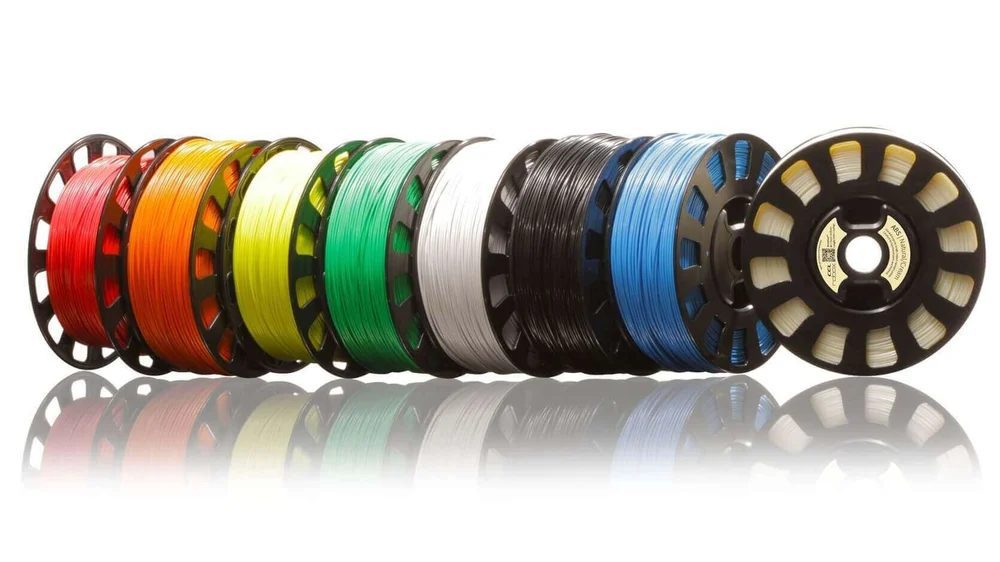Several things are helpful to consider when buying filaments.
Several things are helpful to consider when buying filaments.
3D printing can be a fun hobby, but several things can be frustrating.

Image source: all3dp.com
Nozzle Requirements
Some filaments have types of nozzles that are recommended or even required for optimum usage.
This most commonly affects filaments infused with another compound.
For example, wood-filled filaments are generally prone to clogging the nozzle because of the presence of wood particles.
To reduce the chance of clogging, you should use a slightly wider than the average nozzle.
Other filaments such as metal-filled and carbon-fiber-filled filaments require a hardened steel nozzle.
Most nozzles are made of brass which is a relatively soft metal.
The added particles are tough and can wear away the inside of the brass surprisingly quickly.
The main downside of steel nozzles is that they dont conduct heat as well as brass.
This means youll need to configure your temperature tweaks and flow rate a little more than normal.
The extra one-time cost is worth the potential cost of failed prints with an expensive filament.
How Are You Going to Store Your Filament?
Filament requires careful storage.
All filaments are fairly hygroscopic, with some being noticeably more so than others.
This means that they readily absorb moisture from the air.
Unfortunately, absorbing moisture is pretty bad for the filament and can result in pockmarked prints.
We recommend you use some sort of dry box to store your filament.
A dry box is an airtight box in which you place your filament and a desiccant.
The desiccant preferentially absorbs moisture keeping your filament dry.
How Much Do You Need?
Its always good to have more filament than you need, certainly better than running out mid-print.
It is possible, however, to have too much filament.
The spools are somewhat bulky and need to be stored in a dry environment, as stated above.
Its also a good idea not to get a whole bunch of a new filament before youve tested it.
That said, your filament costs will mount up over time.
It can be tempting to find the cheapest filament possible to save some money.
Youll generally find, however, that the really cheap filaments do not offer the same quality.
The more expensive filaments generally come from more reliable companies.
They have spent a lot of money researching and developing ways to improve and optimize their filaments.
Customer reviews are generally a good indicator of whether you should avoid a product or not.
Conclusion
All of these factors are useful to consider when youre buying filament.
Have you got any other tips to consider when buying filament?
Let us know down below.